I am not able to understand how diode clamp protection works.
Considering the diode clamp protection as shown in Figure 1: When the input voltage (Vin) becomes more than power supply voltage (Vss = 5V), say Vin = 12V, then the equivalent circuit becomes as shown in Figure 2. But what I did not understand is that the potential difference between the terminal Vout and the ground is still Vin=12V, isn't it? Could someone please explain this to me?
Same question is asked here How does a diode clamping circuit protect against overvoltage and ESD? but I could not understand it and I do not have enough points to ask for clarification comment there.
Thanks.
